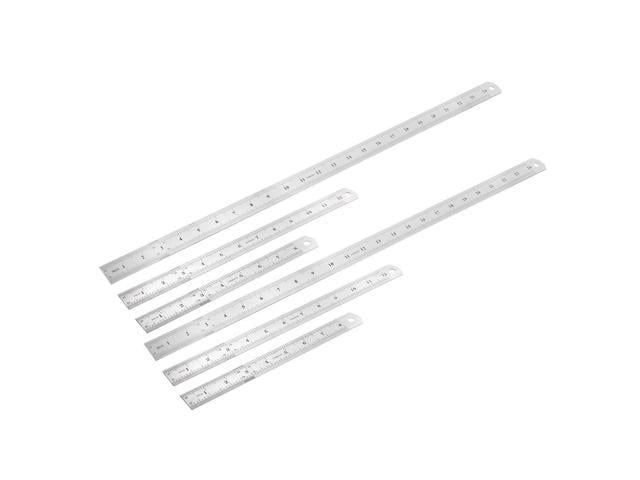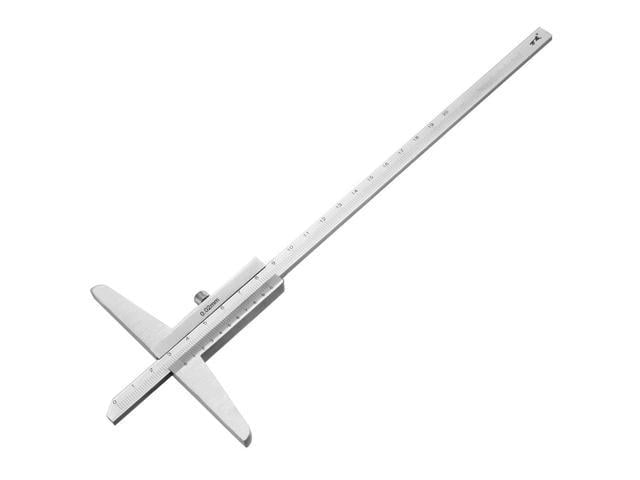Excerpt from Notes on Mechanical Drawing: Introductory to Machine Design; Arranged for Students in the Lewis Institute
The T square should be slightly longer than the drawing board and without swivel head. One of good quality pear wood is quite satis factory but more elaborate ones can be had. The head of the T square is apt to swell from a true surface where it slides along the edge of the board. This may be corrected by occasionally scraping away the bowed part.
The compasses should be the large size supplied with pencil and pen legs and adjustable needle’point. Large dividers usually come with sets but are not very necessary. A set of bow instruments; bow dividers, bow pen and bow pencil, complete the necessary tools. The last two instruments may be’ had combined in one instrument whose needle point remains stationary while the pen or pencil leg is twirled around it.
This instrument, well made, is, for small circles, preferable to the old type of bow instruments.
The pen usually called the right line pen should be about six inches long and with spring blade but no hinge.
The catalogs of makers of, and dealers in, drawing instruments offer considerable information regarding the construction and care of instruments.
About the Publisher
Forgotten Books publishes hundreds of thousands of rare and classic books. Find more at www.forgottenbooks.com
This book is a reproduction of an important historical work. Forgotten Books uses state-of-the-art technology to digitally reconstruct the work, preserving the original format whilst repairing imperfections present in the aged copy. In rare cases, an imperfection in the original, such as a blemish or missing page, may be replicated in our edition. We do, however, repair the vast majority of imperfections successfully; any imperfections that remain are intentionally left to preserve the state of such historical works.















